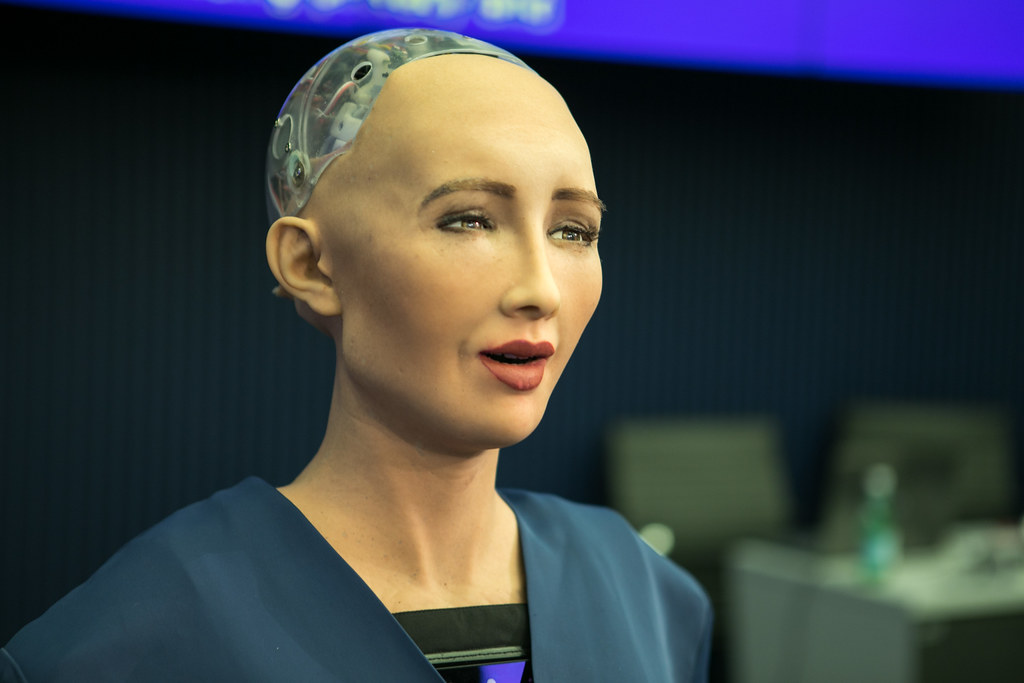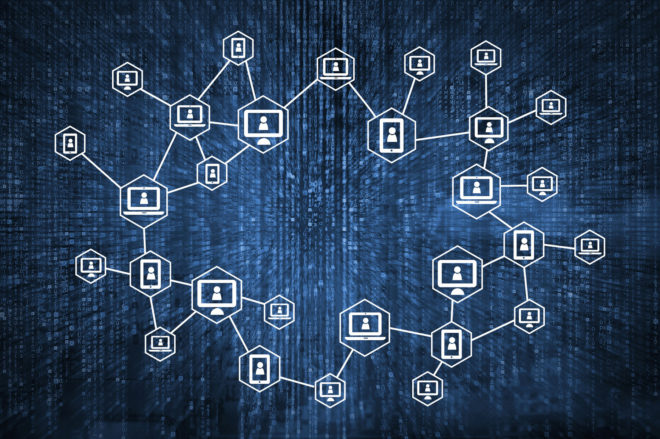There are several risks associated with using AI images and expressions of creativity, some of which include:
- Bias: AI algorithms learn from the data they are trained on. If the data contains biases, the AI model will learn and amplify these biases, resulting in unfair or discriminatory outcomes.
- Privacy: The use of AI images and expressions of creativity can raise concerns about privacy. For example, if an AI system creates an image of a person without their consent, it could lead to violations of their privacy rights.
- Ownership: The ownership of AI-generated images and content is not always clear. This can lead to legal disputes over who owns the rights to use, distribute, or profit from the content.
- Unintended consequences: AI models can sometimes produce unexpected or unintended results, leading to consequences that were not anticipated or intended.
- Fraud: AI-generated images and content can be used for fraudulent purposes, such as creating fake news or deepfake videos that can deceive people.
- Trust and transparency: AI-generated images and content can sometimes be difficult to distinguish from those created by humans. This can undermine trust and transparency, particularly in contexts where it is important to know whether the content is genuine or not.
Here is some more information on the risks of using AI images and expressions of creativity:
- Bias: AI systems can develop and amplify biases if they are trained on biased data. This can result in unfair or discriminatory outcomes, particularly if the AI system is used in decision-making contexts such as hiring or lending.
- Privacy: The use of AI images and expressions of creativity can raise concerns about privacy. For example, deepfake technology can be used to create convincing but fake videos or images of individuals, which could be used to harm their reputation or invade their privacy.
- Ownership: Ownership of AI-generated images and content is not always clear. This can lead to legal disputes over who has the rights to use or profit from the content, particularly if the AI system was trained on data that was owned by someone else.
- Unintended consequences: AI systems can sometimes produce unexpected or unintended results. For example, Microsoft’s Tay AI chatbot was trained on Twitter data and quickly became a racist and sexist chatbot due to the nature of the data it was trained on.
- Fraud: AI-generated images and content can be used for fraudulent purposes. For example, deepfakes can be used to create convincing but fake videos of politicians or other public figures, which can be used to deceive people.
- Trust and transparency: It can be difficult to distinguish between AI-generated images and content and those created by humans. This can undermine trust and transparency, particularly in contexts where it is important to know whether the content is genuine or not.
To mitigate these risks, it is important to develop transparent and explainable AI systems, ensure that data used to train AI models is diverse, unbiased, and representative, and establish ethical and legal frameworks for the use of AI-generated images and content.







